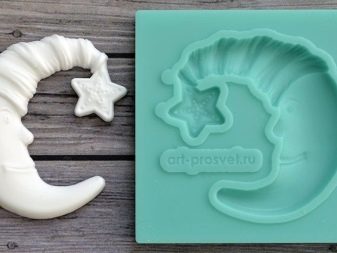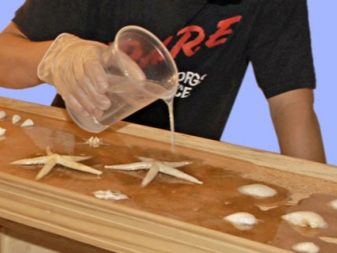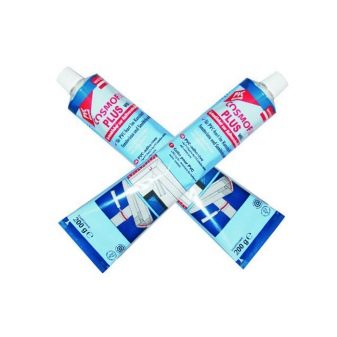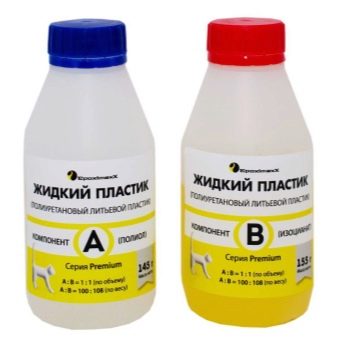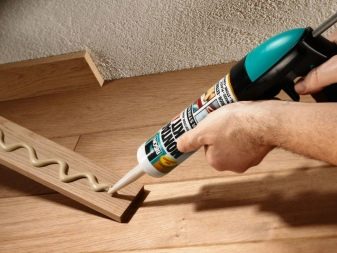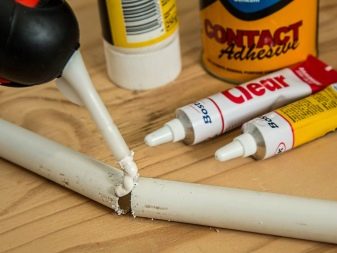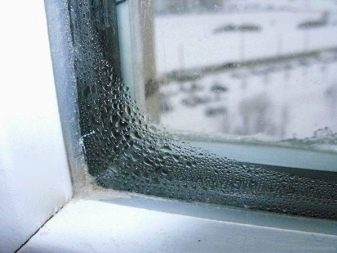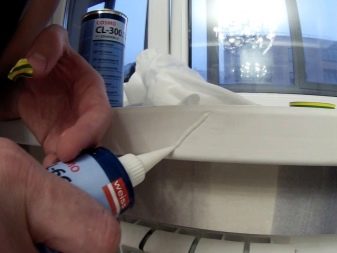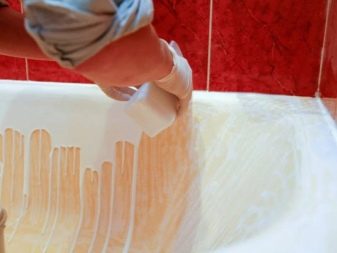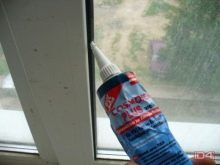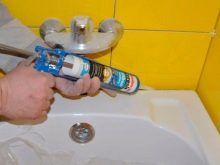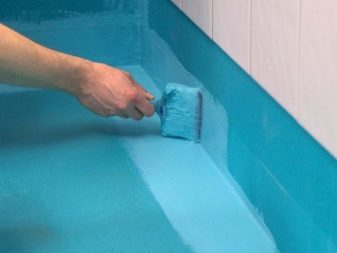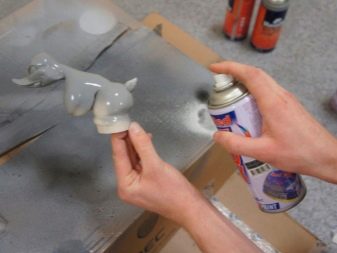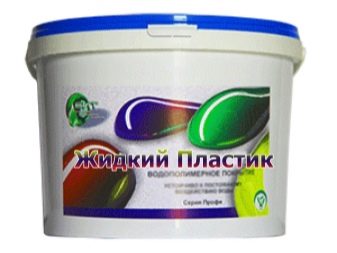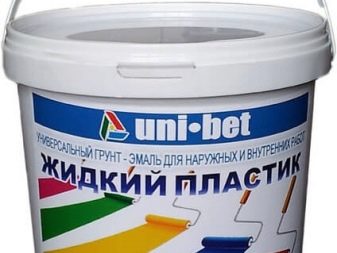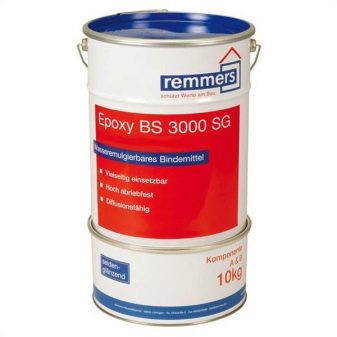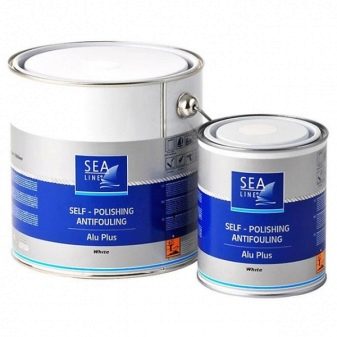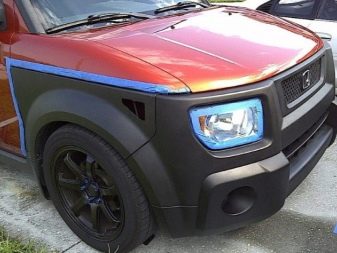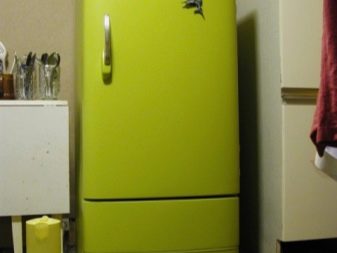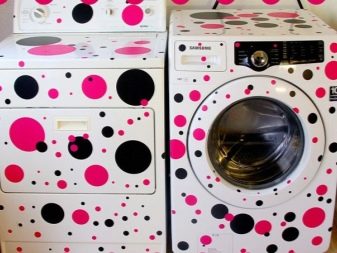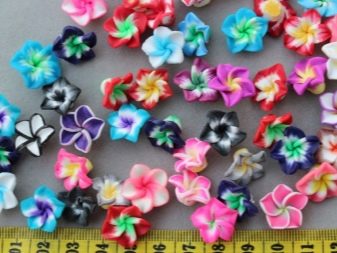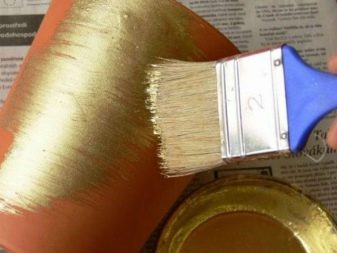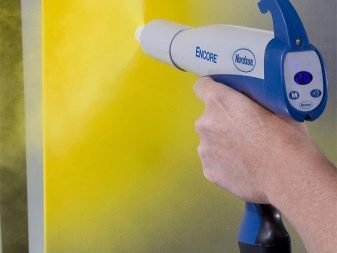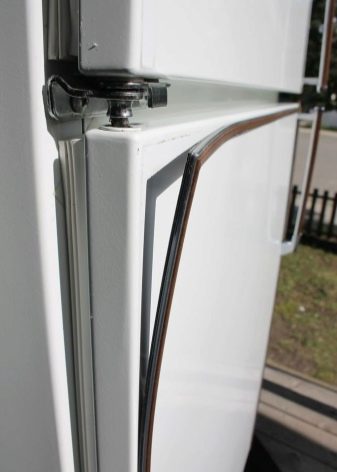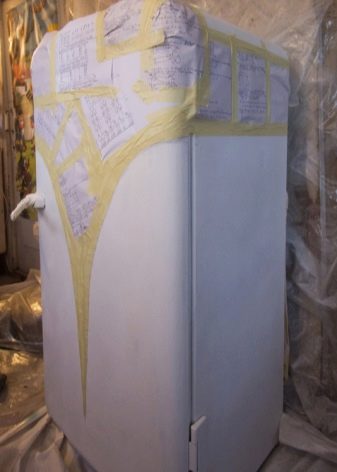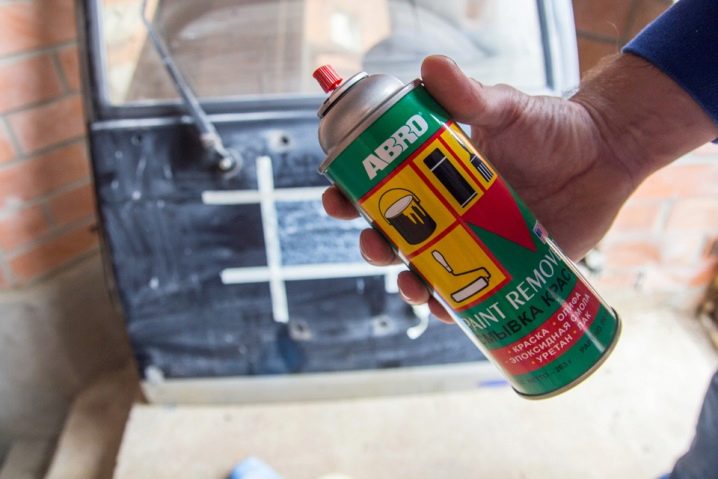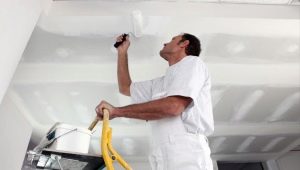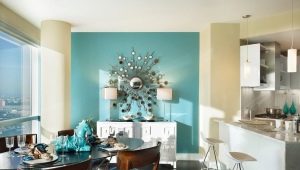Paint on liquid plastic: properties and nuances of choice
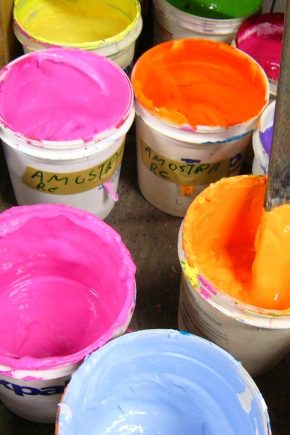
Liquid plastic is used as a reliable, practical and dense sealant. This is a convenient tool for processing PVC joints (metal-plastic) windows. The substance has several advantages, among which high-quality compound, simple use and favorable price are distinguished. After application, the junction is covered with a decorative layer with paint. About the characteristics of liquid plastic and paint, suitable for decorating it, you need to know in advance of buying the material.
What is it and how to use it?
Liquid plastic (glue) is a modern tool, a special polymer composition that has many applications. Professionals from the scope of repair is called liquid plastic "magic wand." Due to the convenient form it can be used by novice but it is necessary to carefully read the instructions for use and follow it clearly.
If an experienced master takes over, then there should be no problems and difficulties with the sealant.
Consumable material is able to quickly seal the gap in PVC structures. It can also be used while working on wood or metal. Fluid and dense texture will fill the empty space. The substance deserves the title of a universal putty.
The use of poor quality
To avoid any problems with the sealant, purchase products of well-known and proven brands. Experts recommend not to save money, otherwise you will not avoid such unpleasant consequences:
- change of color of seams;
- deformation;
- stratification.
Application
Liquid plastic can be used for both exterior and interior work. Due to this characteristic, the material has a large scope.Means is used both for small local repair, and during carrying out large-scale repair work.
Finishing material is most often used in the following types of work:
- the installation process of window structures, despite their complexity and originality;
- installation of slopes;
- protection of car parts from the damaging effects of corrosion;
- additional processing of the inner surface of the pool;
- removal of rust particles from metal surfaces;
- strong connection of metal parts and spare parts (the material works in accordance with the principle of diffusion welding);
- elimination of defects, such as cracks and recesses;
- seal of seams;
- plumbing work.
Only the most basic uses are indicated here, in reality there are many more.
Dressing
Polymer paint is used for painting on liquid plastics. The composition of this coloring solution and putty has the same elements.
In this case, you should always take into account the peculiarities of using polymer paint and seriously approach its choice.
Polymer paint
The coloring composition of this type is a suspension of the pigment in the polymer solution.It should be noted that most of the enamel on the market today are products consisting of a polymer (it can be organic or artificial) and a solvent. Additional elements are also added for color, elasticity and other operational characteristics.
The peculiarity of the paint is that the polymer does not dissolve in the composition, but is contained in it in the form of individual small particles (dispersion).
The main types of paints based on polymers
Making a choice in favor of the paint of this type, it is necessary to understand the rich assortment of this product. The compositions may be:
- epoxy;
- polyester;
- polyurethane;
- epoxy polyester.
The first option boasts excellent electrical insulating qualities, as well as increased resistance to physical and mechanical loads. In addition, the material is not afraid of chemical exposure and pleases with high adhesion. Constant loads are also not a problem. Painted surfaces become resistant to liquids, alkalis, fuel and oil.
Coloring agent for outdoor use
If you used liquid plastic outdoors and are looking for a suitable paint for coating, you need to know exactly which polymer compositions can be used in this area.
On the shelves in the shops you will find special coatings for processing objects and buildings located under the open sky. The best choice is polyester paint.. The material is recommended for the treatment of window openings and profiles, roofs, facades and verandas. Also, the composition is suitable for painting furniture and automotive parts.
In addition, the paint shows increased resistance to various solvents, oils and water. Its decorative properties are also high. The decorative layer attracts attention with brilliance, color saturation and expressiveness.
The paint is recommended to use on parts subject to constant external influence: friction, loads, shocks.
Composition for interior decoration
Epoxy and epoxy polyester paints are ideal for indoor use. Polymeric epoxy compounds are pleasantly surprised by excellent technical characteristics. After drying, a strong and elastic film resistant to acids, chemicals and impacts is formed. The high-quality product has high rates of corrosion resistance. The disadvantage is that the material acquires a yellow tint over time.
Epoxy-polyester compounds do not lose color after use. The paint forms a dense, hard and at the same time elastic coating. Powder paints of this type are great for finishing metal-coated items: refrigerators, washing machines and other household appliances.
Advantages of polymeric paints:
- Long service life. Over the years, the paint will retain color saturation and attractiveness.
- Wear resistance. The qualitative composition is not afraid of negative external effects, while maintaining performance.
- The paint dries quickly.
- Economical consumption of material.
- A huge variety of colors. Shades differ in saturation and brightness.
- Safety in use due to environmentally friendly components.
- Easy operation.
- Universal use. The paint is suitable for working with various surfaces: glass, plastic, concrete, wood, metal, polymer clay, ceramics.
Specifications
The main characteristics of polymer paints include the following features:
- It takes about an hour to dry one layer. The time depends on the thickness of the layer and the conditions under which the painting was carried out.
- The standard consumption of a substance per square meter has more than 200 grams (if you use a special pneumatic spray).
- The stability of the film under static exposure to a liquid is slightly less than two days under temperature conditions of +20 degrees Celsius.
- Part of non-volatile components in the paint is less than 23%. If necessary, the paint can be diluted.
Surface preparation and painting
Before you apply paint, you must properly prepare the base:
- First you need to clean and degrease the surface. To do this, you can use acetone, various solvents or gasoline. Carry out this procedure carefully so as not to damage the surface to be painted.
- It is necessary to apply paint accurately, using special tools: brushes, rollers or a spray.
- If you intend to carry out the staining using epoxy polymer paints, it is recommended to draw a layer with a thickness of 0.5 millimeter. Such a layer will retain density, practicality and resistance to shock, stress and mechanical damage.
- Be sure to read the instructions for use of the dye composition before use,calculate material consumption and surface dimensions.
- To ensure a smooth edge after dyeing, use masking tape. With it, you can easily create a clear border.
How to remove the coloring composition
If you need to remove the old layer of polymer paint, you should follow these instructions:
- For quick and effective disposal, use solvents designed specifically for polymer paint.
- The optimal temperature conditions for the procedure - from 8 to 25 degrees Celsius above zero.
- Liquid to remove the old layer must be carefully applied, evenly distributing. Leave the composition to the formation of cracks on the surface. Estimated time - from 3 to 15 minutes.
- Never allow the solvent to dry on a painted surface.
Testing "liquid plastic" see below.
